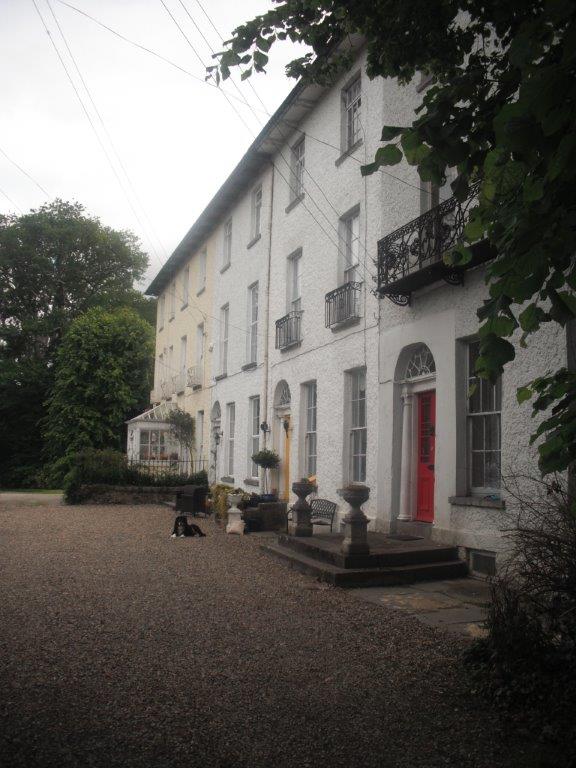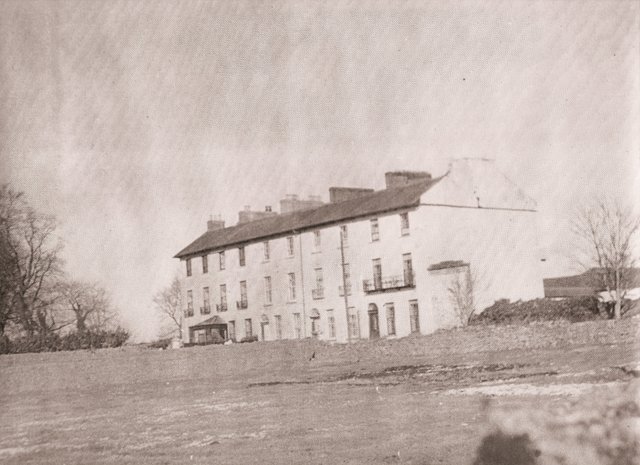This Story is:
The History of The Tontines
The Tontines are a block of four three storey Georgian houses built opposite Cloon Island in 1812.
The houses were erected by W. Gabbett using money raised by public subscription. Most of the money came from rich property owners in the district, under a financial scheme initiated in France in 1653 by a Neapolitan banker named Lorenzo Tonti. It was from him that the name of the houses, Tontines, is derived.
A tontine was an investment plan for raising capital, devised in the 17th century and relatively widespread in the 18th and 19th. It combined features of a group annuity and a lottery. Each subscriber paid an agreed sum into the fund, and thereafter received an annuity. As members died, their shares devolved to the other participants, and so the value of each annuity increases. On the death of the last member, the scheme was wound up. In a variant, which has provided the plot device for most fictional versions, on the death of the penultimate member the capital passes to the last survivor.
The Castleconnell Tontines were targeted at professional people or merchants at the time, in an effort to take advantage of the local amenities of the newly developing Spa, fishing and society in general. On completion, there was a dispute between Gabbett and the subscribers and the houses were sold off, into private ownership.
The Church of Ireland bought the largest of the houses, No. 4, and used it as a Rectory giving it the name Glebe House. The houses were commandeered by the Irish Army during World War II, but after the war three of the houses reverted to private ownership while Glebe House was given to the Red Cross.
At the rear of the Tontines, there used to be the remains of a small hall where politician and revolutionary, Countess Markievics, addressed the local volunteers prior to the 1916 Easter Rising. Bulmer Hobson, a founder member of the Irish Republican Brotherhood, lived in No. 1 for the last few years of his life and died there in 1969.
The Tontines have been modernised and restored in recent times, in keeping with the Georgian architecture. They remain in private ownership.



